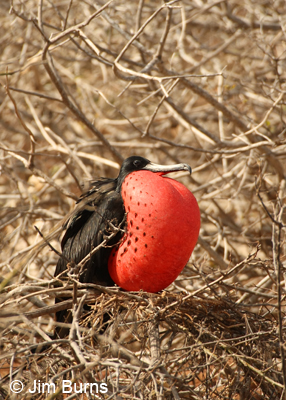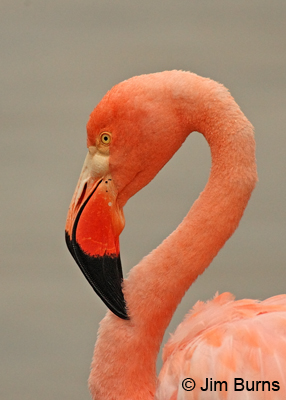|
Greater Flamingo |
When we mentioned to friends, birders and non-birders alike, that we were planning a visit to the Galapagos Islands this summer, we were surprised at how many enthusiastically proclaimed that trip to be on their "bucket list," something they wanted to do before they died. Hard core bird listers and professional wildlife photographers probably don't feel that way because the Galapagos, 600 miles off the coast of Ecuador, are not easy to get to and are not species rich. Nonetheless, the islands' large birds are spectacular and its small birds and its land animals are fascinating by virtue of being the impetus for what has been called "mankind's greatest idea," Charles Darwin's theory of evolution.
Hard core lister or not, unless you have seasickness problems or issues with spending a week of nights sleeping in a tiny ship cabin, definitely begin planning for your Galapagos trip. Birding highlights include the planet's northernmost penguin species and its only flightless cormorant species, Waved Albatrosses capable of spending weeks in continuous flight over the open ocean, three species of boobies that plunge dive for fish from great heights, and two species of frigatebirds, the masters of kleptoparasitism, whose males attract mates by inflating red-orange throat sacs to the size of party balloons.
Though small and rather nondescript, the thirteen species of finches generically called Darwin's Finches, represent living, breathing proof that species evolve and adapt to available food sources. Seven of the species are separable in the field solely by habitat and corresponding bill shape that allows them to feed on one specific seed size in one well defined environmental niche. One of the other six, the Woodpecker Finch, is one of the world's few tool using birds, probing holes and cavities with twigs to find its insect prey, and another, the Vegetarian Finch, strips bark to expose the soft tissue on which it feeds.
There are two magical features to the Galapagos. Each island is remarkably different, and the birds and animals are remarkably tame. Snorkeling is available at several beaches where the Galapagos Sea Lions play in the water around visitors' legs, and the boobies and land iguanas are often encountered resting or, in the case of the former, actually nesting right in the middle of the designated park footpaths.
Breathtaking island seascapes are everywhere, and stunning color is provided by the shocking pink of Greater Flamingos preening in dark ponds and the bright orange of Sally Lightfoot Crabs scuttling across black lava rocks, all just beyond arms length precluding the necessity of telephoto lenses for drop dead photography. Have I mentioned the Galapagos' signature species, the Giant Tortoise, which can weigh up to 600 pounds and can live to 100 years of age?
Visitation numbers to the Galapagos are strictly controlled by the Ecuadorian government in its ongoing effort to restore and conserve this living natural laboratory in the state that Darwin first found it, and every group must be accompanied by a licensed natural history guide, all of them knowledgeable Ecuadorian natives well aware and proud of the natural history treasure their islands shelter.
If this column hasn't incited you to Galapagos dreaming, you may not be a human being. Check out wildsidenaturetours.com. Kevin Loughlin does the Galapagos well, and he does it right. Buy your meclizine pills and go soon. Before you die.
